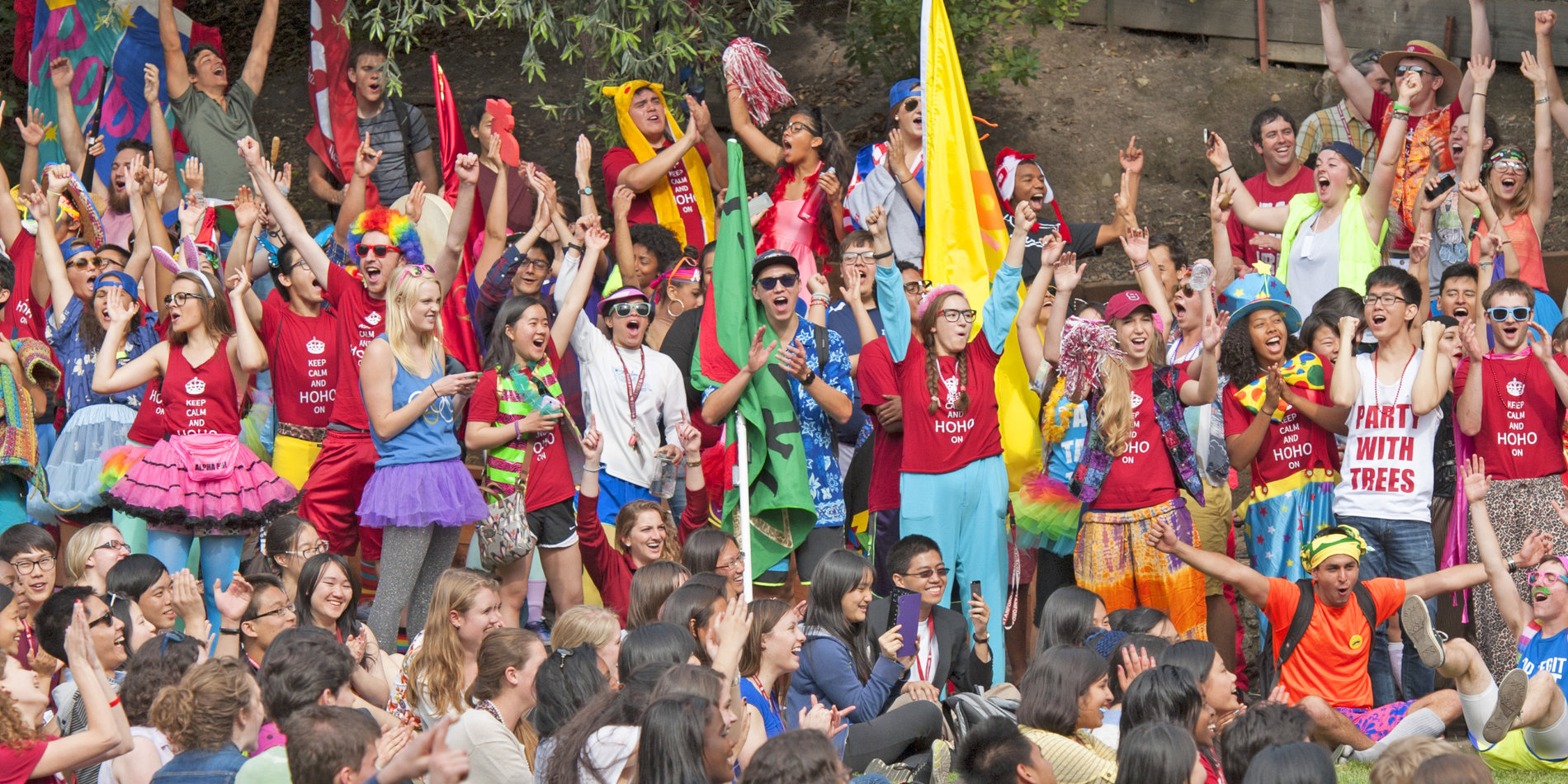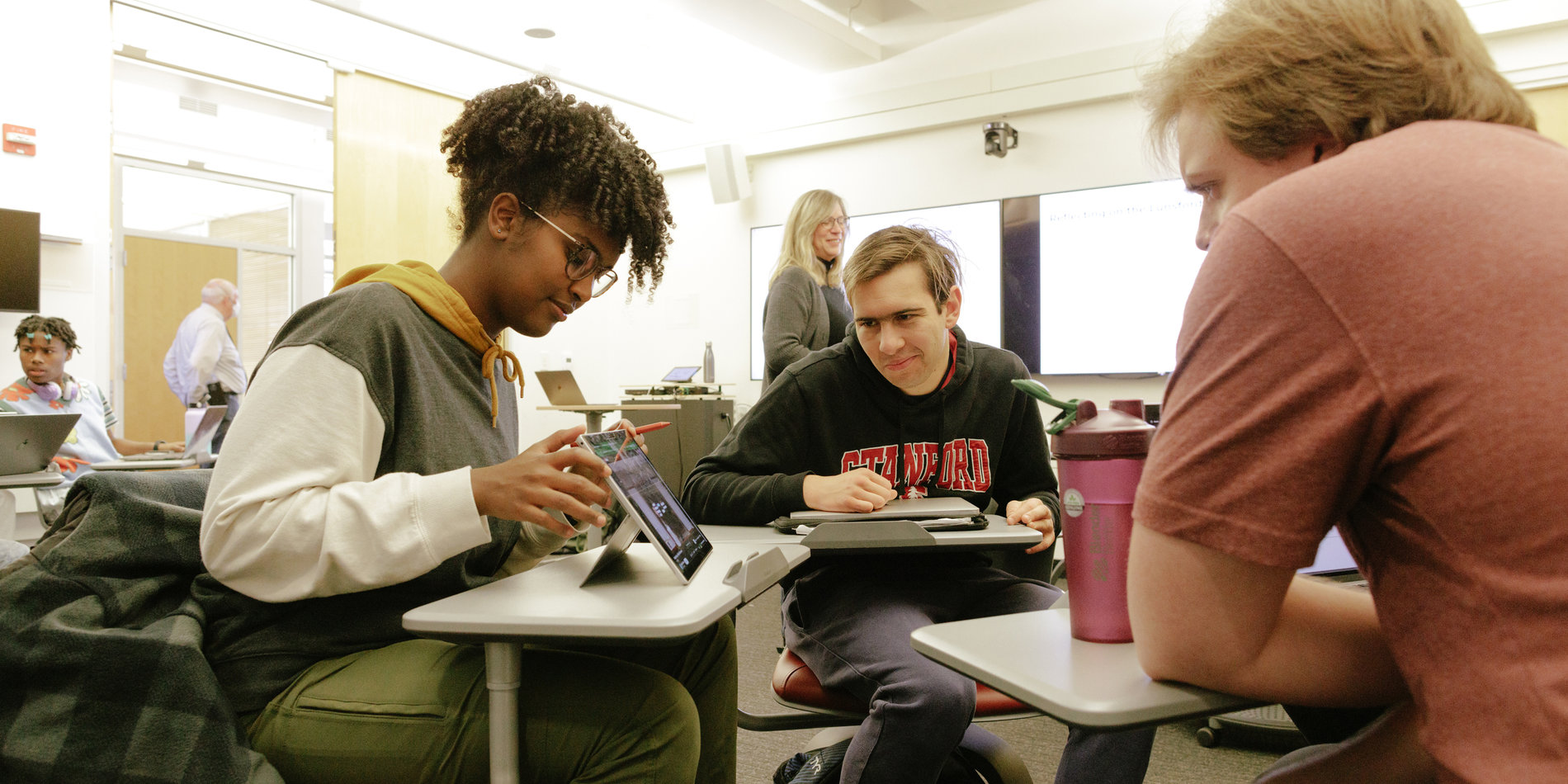Our Most Important Work
In fall 2017, Susie Brubaker-Cole succeeded Greg Boardman as vice provost for Student Affairs. Under Susie’s leadership, Student Affairs began the process of building upon Greg's successful “Future of Student Affairs” groundwork to develop priorities for the next three to five years. Called “Our Most Important Work,” this effort was designed to be highly interactive and action-based.
Our priority focus was on six key areas, which align with the mission statement we had developed in the “Future of Student Affairs.” Explore these six areas below.

Equity and Inclusion
- Our Goal: Design experiences and systems to ensure that students have equitable access to opportunity. Engage students, faculty and staff in critical thinking and practice around identity, diversity and inclusiveness.
- Our Challenge: Students, particularly those from historically underserved populations and graduate students, indicate to us that they often do not experience equitable access to opportunities and that they encounter systems and attitudes that isolate, exclude and marginalize.

Mental Health and Well-Being
- Our Goal: Develop and strengthen the foundational conditions that support students to be engaged, powerful learners.
- Our Challenge: Many undergraduates enter Stanford with low or vulnerable mental health and well-being. This worsens at Stanford and a sense of feeling overwhelmed is particularly pronounced for our first-generation college students.
Our Most Important Work Priorities
In our next phases, we looked to people across the division to take collective responsibility for including these priorities in their work. Our belief is that there will be core practices, defined by evidence of success at Stanford and nationally, that we will all need to engage in to improve and advance student learning and the student experience at Stanford. Through alignment of practices across the division, we can create collective impact and a whole that is greater than the sum of the parts.






